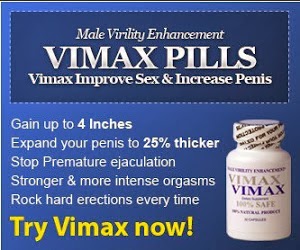Why more marketers are daring to let customers take charge of their advertising.
This idea has lately been taken to its logical extreme.
Why not cut out the middleman and just let target customers make their own ads ?
Examples of what could be thought of as "the people's marketing" have been cropping up all over the place.
Here are the examples :
Mercedes-Benz
Has been running ads featuring photographs of customers with their cars -- the automaker received more than 1,000 snapshots when it solicited submissions earlier this year.
KFC
Held a contest last year asking its customers to devise commercials for the chicken chain and ran the winning spot nationwide during prime time. More recently, Coors Light had a similar contest in Canada.
More companies, it seems, are letting their most loyal customers dabble with creating and defining their brands. And even more surprising, perhaps, is that many companies' loyal consumers are eager to get in on the branding game.
What's driving this ?
As the CEO of ad giant Saatchi & Saatchi, Kevin Roberts is in a position to know a great deal about the relationship between consumers and the brands they choose, and he has recently published a book about where he sees that relationship heading. In Lovemarks: The Future Beyond Brands, Roberts argues that the best brands "are not owned by the manufacturers, the producers, the businesses." Rather, "they are owned by the people who love them." A related website, Lovemarks, is jammed with postings from people evangelizing for the products and services they love, from Lego to Post-it Notes.
Another take on the people's marketing notion is in the forthcoming book Brand Hijack by Alex Wipperfurth, co-founder of San Francisco marketing firm Plan B. Wipperfurth, whose clients have included Napster and Pabst Blue Ribbon, believes that companies need to embrace brand "cocreation." By that, he means that marketers should invite consumer subcultures to help shape a brand's ideology, use, and persona.
"The real hook is to have everybody selling their experience as consumers." The West Coast In-N-Out Burger chain has done this exceptionally well, Wipperfurth says, by developing a "secret menu," designed via customer suggestions, whose offerings are not on the official menu but are on the cash registers at its outlets. The accommodation helps create a kind of insider club, letting its members think about and discuss the brand in their own unique, unfiltered way.
Also extending this concept is Obtainium.tv, a Boston-based start-up that is basically a side project for 34-year-old Owen Mack, who has a graphic design background and runs a family kitchenware store, and his 32-year-old cousin Jesse Buckley, who works for a TV postproduction house and makes documentary films.
Motivated partly by their disgust for overbearing corporate marketing, the pair made a series of half-minute digital videos highlighting some of their favorite products -- Puma sneakers and Schlitz and Pabst beer -- and posted them at www.obtainium.tv. The concept evolved as they came to believe that there were more people like them, who had pent-up desire to promote the brands they love. "The real hook," Buckley says, "is to have this kind of peer-to-peer advertising, where everybody is selling their experience as consumers."
Subscribe to:
Post Comments (Atom)













































































































No comments:
Post a Comment